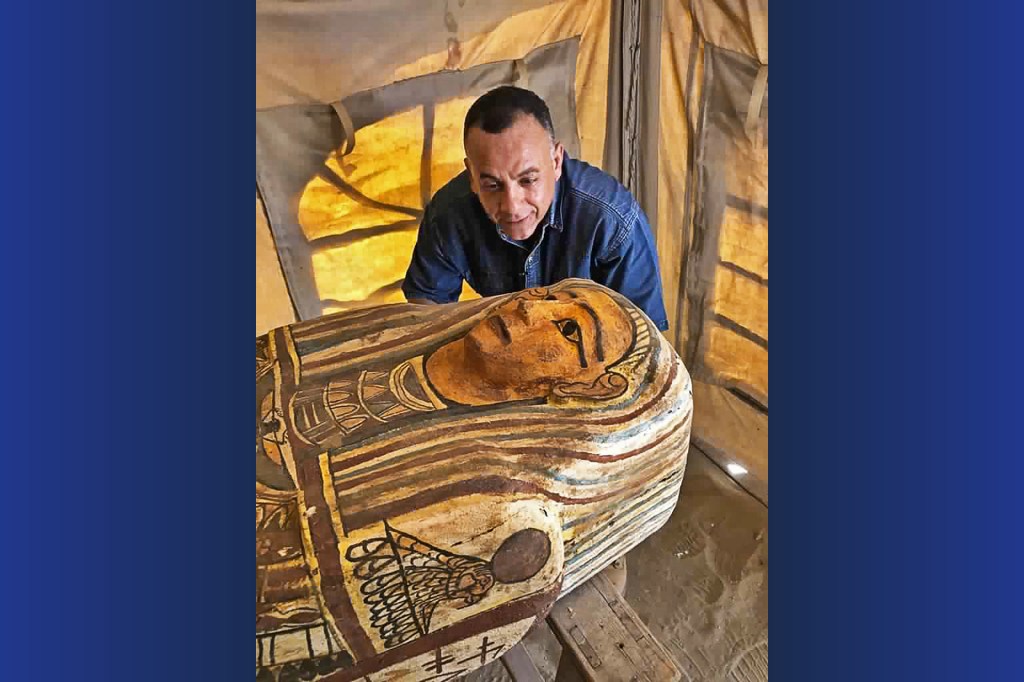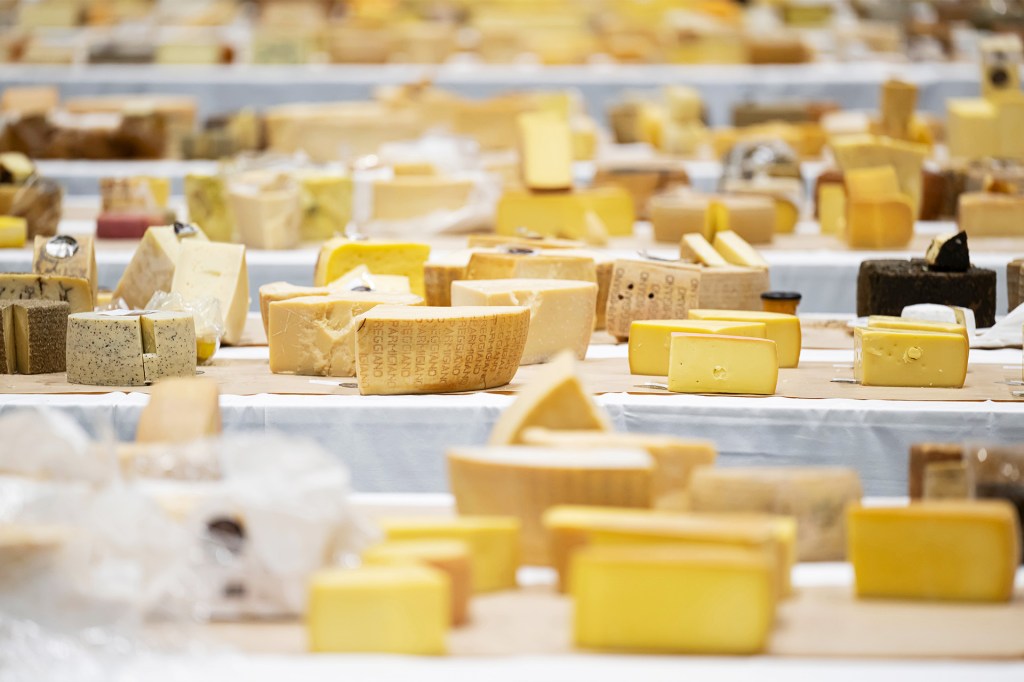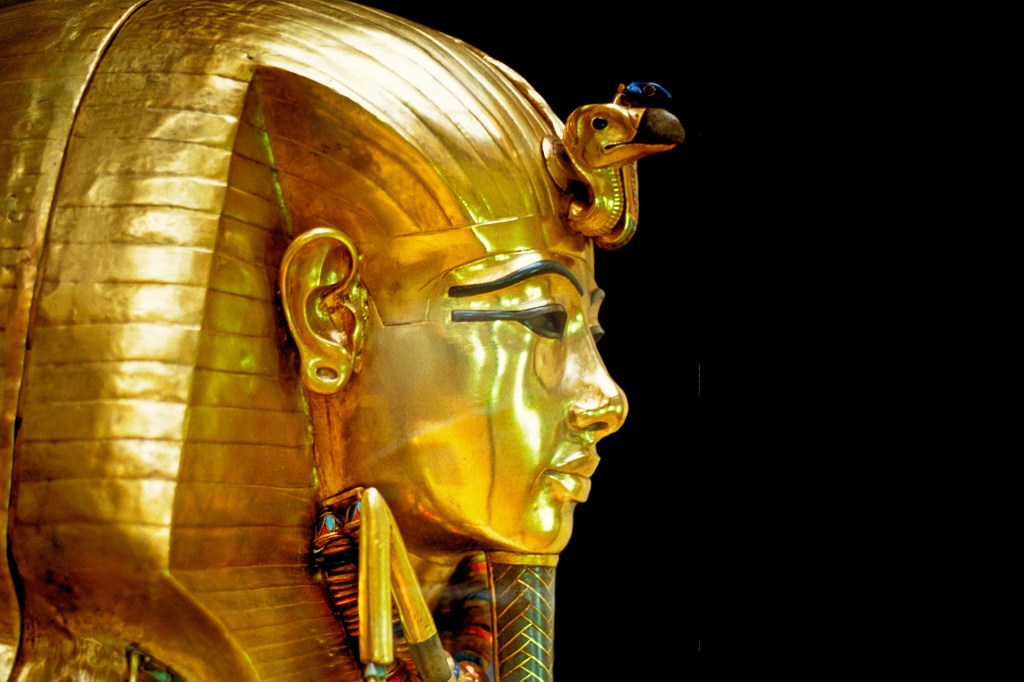
On November 4, 1922, an incredible discovery was made in Egypt. British archaeologist Howard Carter and his Egyptian crew found steps leading to King Tutankhamen’s tomb. “At first, I could see nothing,” Carter later wrote about peering inside. As his eyes adjusted to the light, “details of the room within emerged slowly from the mist.” He saw “strange animals, statues, and gold—everywhere the glint of gold.”
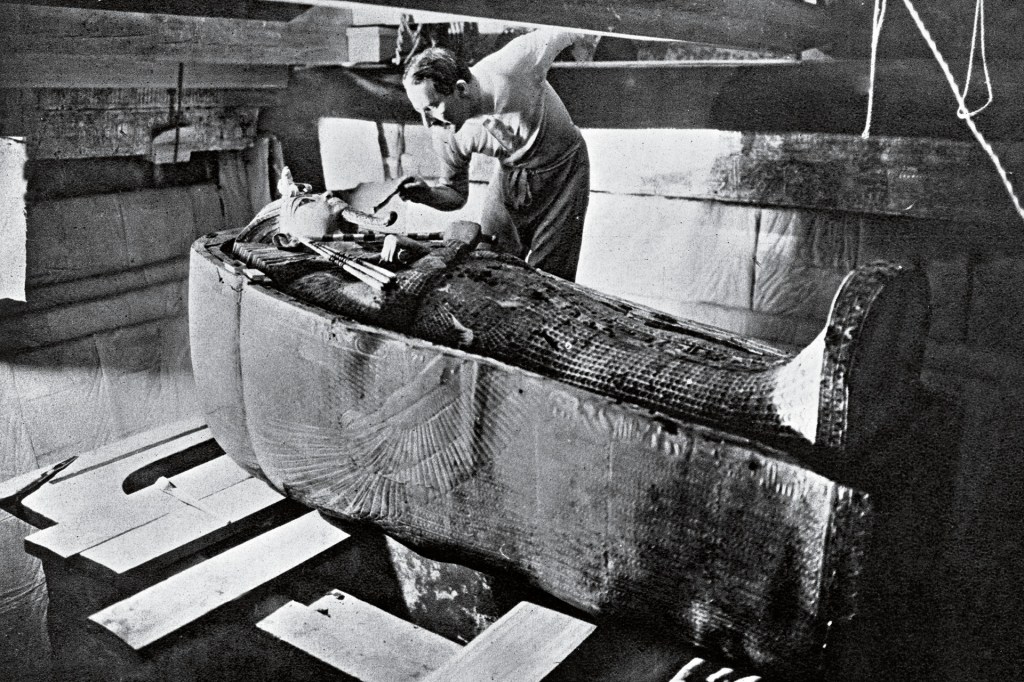
DISCOVERY Howard Carter studies King Tut’s sarcophagus. His team found it in Tut’s tomb along with many treasures.
ULLSTEIN BILD/GETTY IMAGESCarter arrived in Egypt in 1891. He searched for Tut’s tomb in the Valley of the Kings. That’s where ancient Egyptians laid most of their pharaohs, or rulers, to rest. Tut’s tomb had gone undiscovered for thousands of years. Rocks and sand hid the entrance. Carter finally entered the tomb in 1922. He found it untouched. One hundred years later, the discovery continues to fascinate people.
Famous Pharaoh
King Tut was Egypt’s youngest pharaoh. He took the throne around 1333 B.C.E. He was only 8 or 9 years old. He died when he was about 19. “When his tomb was discovered, nobody really knew exactly what he looked like,” Christina Riggs told TIME for Kids. She’s a historian. She’s also the author of a new book about Tut. Not even Tut’s gold mask provided a solid clue about his appearance. “That gold mask is so beautiful and dazzling,” Riggs says. (See “Look Inside.”) But “it’s kind of a blank . . . and people can see in him what they want.”
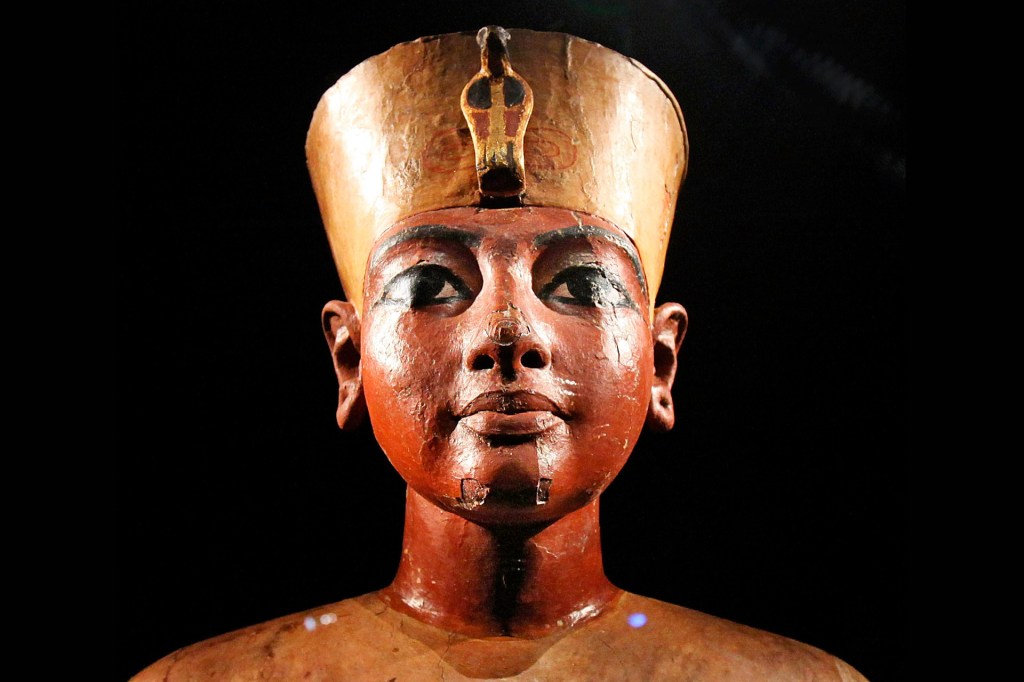
YOUNG KING This painted statue of King Tut is made of wood. Tut’s crown is decorated with a cobra.
BEN HIDER—GETTY IMAGESThe discovery of Tut’s tomb and its treasures was exciting. “It kind of put the spark back into Egyptology,” Riggs says. It was also “a really powerful moment” for the Egyptian people, she adds. Earlier in 1922, the country had won its independence from Britain. “This was perfect timing to symbolize a new era for them as an independent nation.”
Grand Opening
This November, the Grand Egyptian Museum (GEM) is expected to open near Cairo. Its King Tut exhibit will include more than 5,000 artifacts from his tomb. “Conservators
conservator
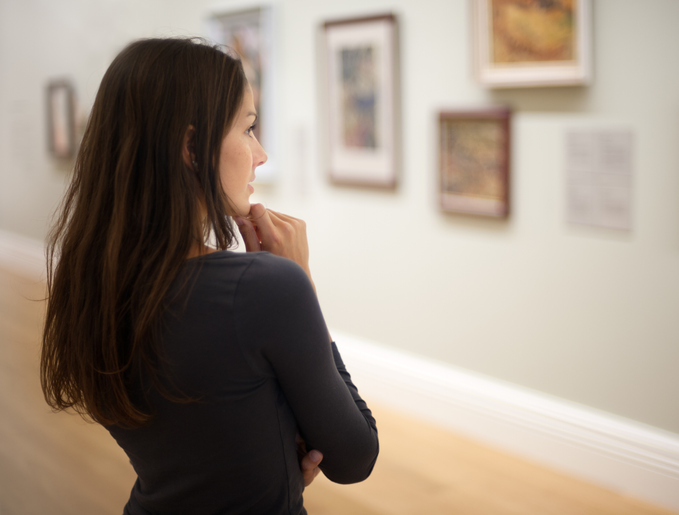 4FR/GETTY IMAGES
a person who repairs and preserves historical objects
(noun)
The conservator studied a work by Claude Monet.
have done a lot of work to make sure those objects are not deteriorating
deteriorate
4FR/GETTY IMAGES
a person who repairs and preserves historical objects
(noun)
The conservator studied a work by Claude Monet.
have done a lot of work to make sure those objects are not deteriorating
deteriorate
 HILL STREET STUDIOS/GETTY IMAGES
to fall apart; to decay
(verb)
Time and moisture had caused the artifact to deteriorate.
and that they’re presented in a safe and attractive way,” Riggs says. “There’s been a lot of research. And they’re excited about it.”
HILL STREET STUDIOS/GETTY IMAGES
to fall apart; to decay
(verb)
Time and moisture had caused the artifact to deteriorate.
and that they’re presented in a safe and attractive way,” Riggs says. “There’s been a lot of research. And they’re excited about it.”
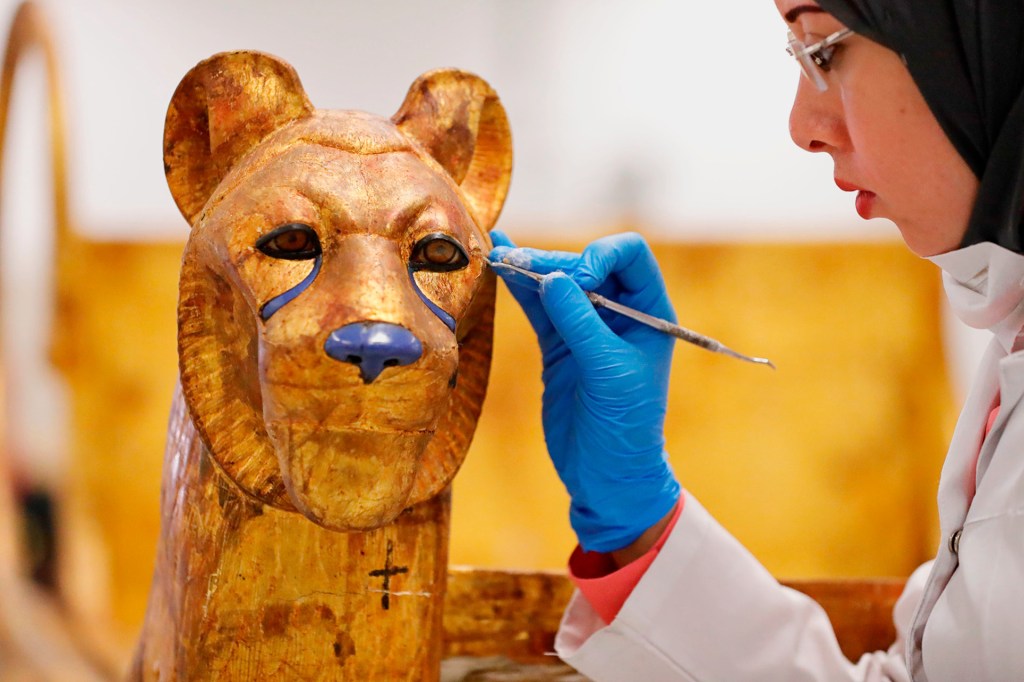
CLEANING UP A conservator restores King Tut’s throne at the Grand Egyptian Museum.
KHALED DESOUKI—GETTY IMAGESAmong those objects are Tut’s gold chariot and throne. “I have four spaces representing the four rooms” of Tut’s tomb, Tarek Sayed Tawfik said. He’s GEM’s former director general. He spoke to Smithsonian magazine in 2016 about his plans for the exhibit. He hoped the objects would be laid out as they were in the tomb.
At GEM, Tut’s objects will all be shown together for the first time. The museum sheds new light on ancient Egypt. Still, much about Tut remains a mystery. “There are some things we’ll never know,” Riggs says.
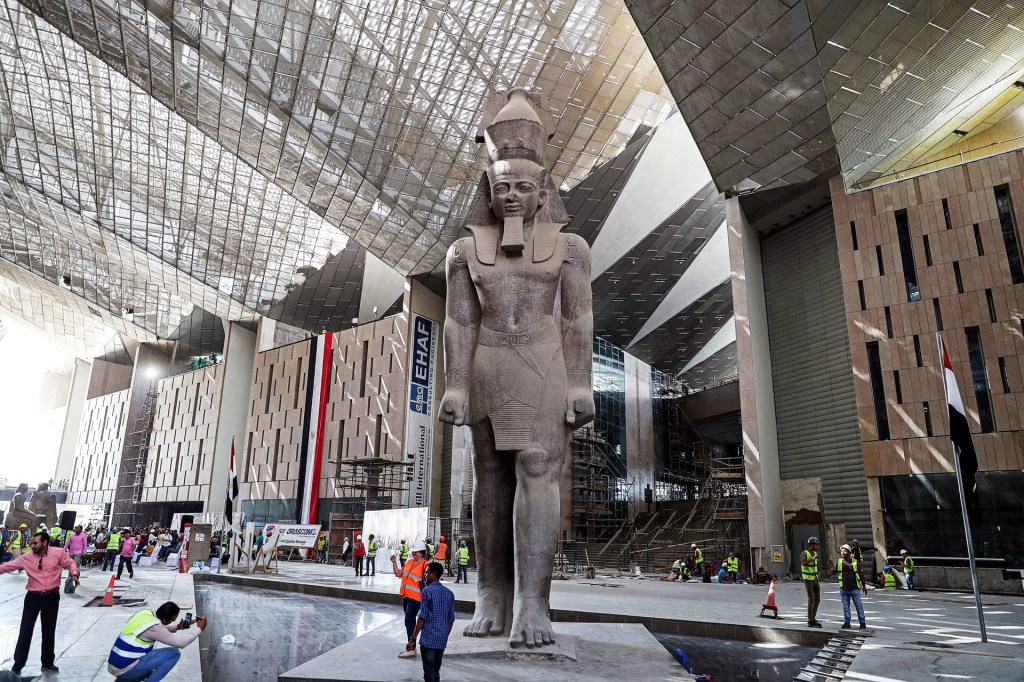
STANDING TALL This statue of the Egyptian king Ramses II is at the GEM.
MOHAMED EL-SHAHED—AFP/GETTY IMAGESLook Inside
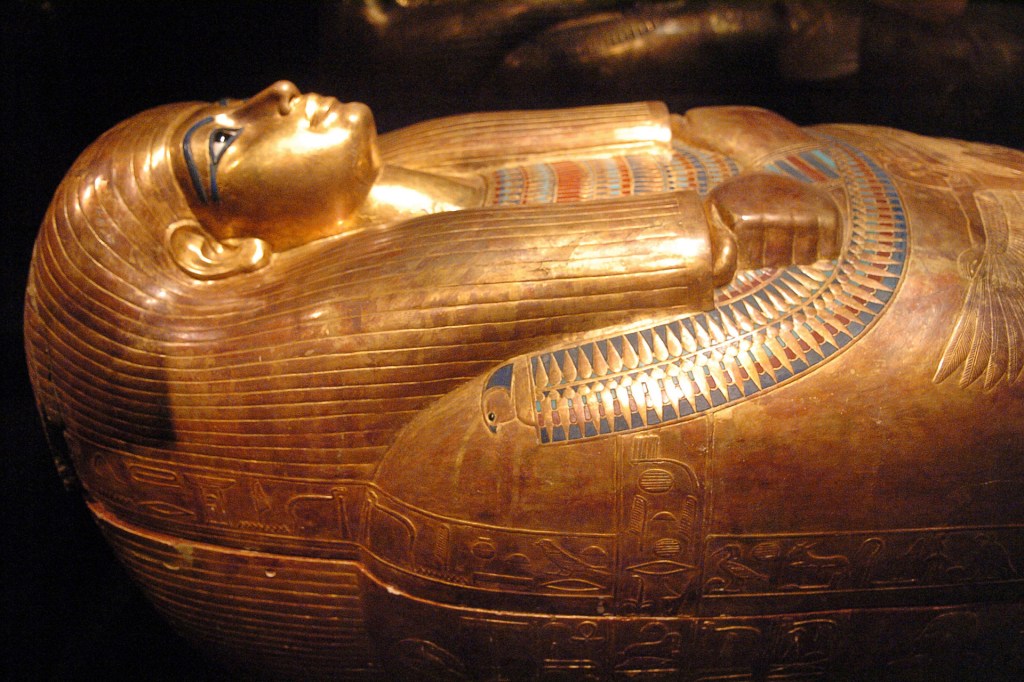
Egyptian pharaohs were often buried in more than one coffin. A mummy would be put in a coffin that would be placed inside a larger one. Some were made of wood and covered in gold sheets. King Tut had three coffins. The inner one was solid gold. It weighed nearly 250 pounds. It’s worth about $1 million. Tut’s mummy also wore a gold mask. Christina Riggs says the mask was first displayed to the public in 1926. It’s one of Egypt’s most famous artifacts.





